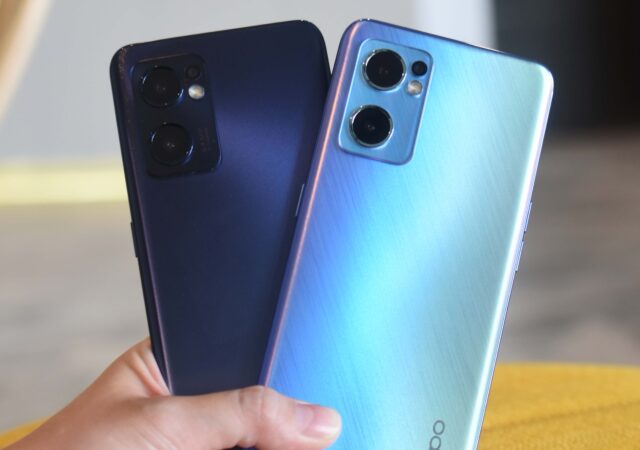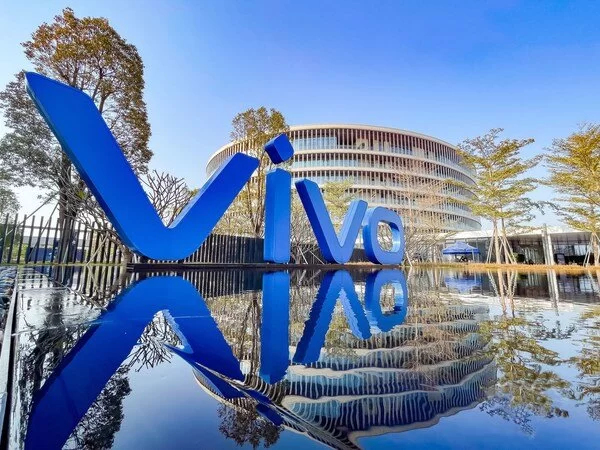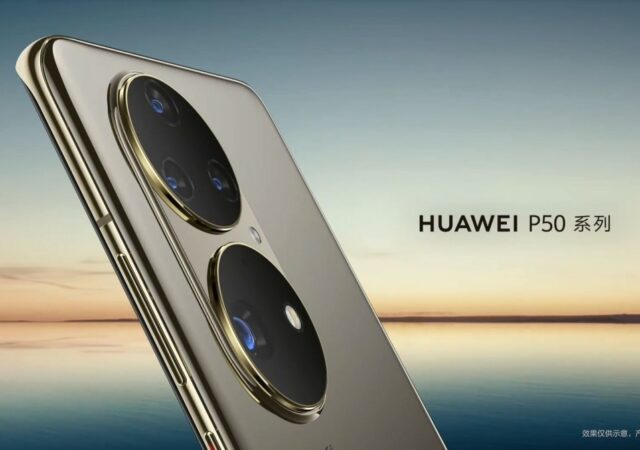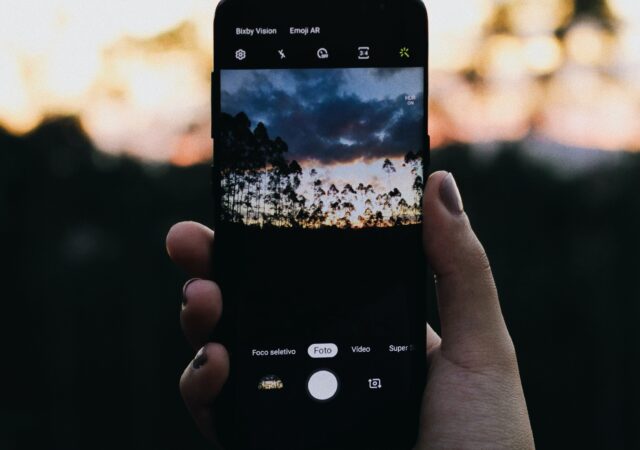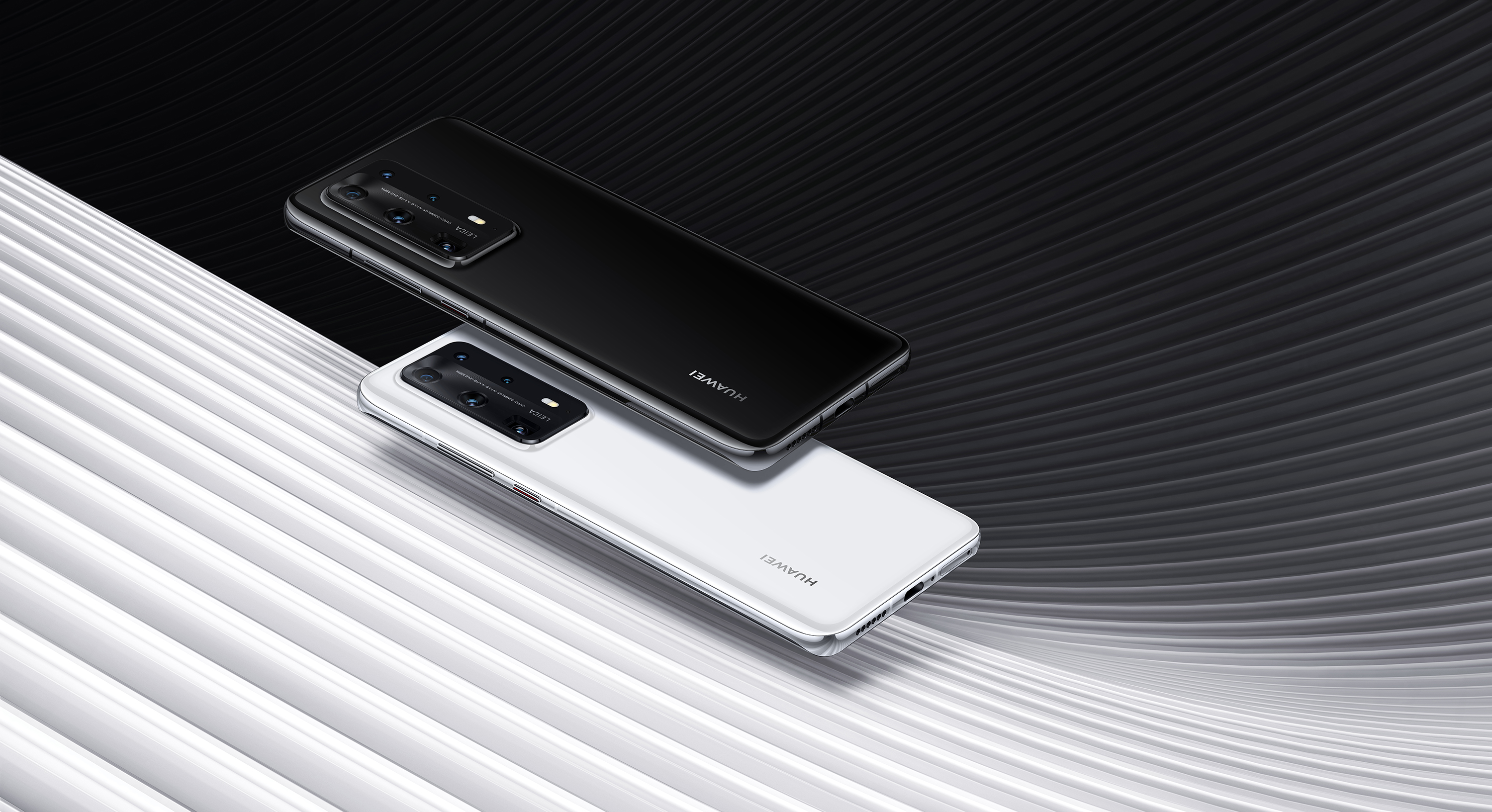OPPO launches their new photography champion, the Reno7 series with 50-Megapixel camera and 5G capabilities at MYR 1,999 onward.
vivo Announces the Imaging Chip V1 – Its first In-house Imaging Chip
vivo takes another step in its quest to become a leader in mobile imaging with the announcement of its first in-house imaging processor – the Imaging Chip V1.
The HUAWEI P50 Has a Launch Date – Stay Tuned on 29 July 2021
HUAWEI’s Richard Yu confirms that the HUAWEI P50 will launch on 29 July 2021 with “new mobile imaging technology”.
Mastering Modern Photography with your Smartphone
Photographs are the mighty connectors of the world today. You may not master any other language aside from your native tongue, but you know this much is true – a picture is worth a thousand words and having the right…
Huawei P40 Series Launches – The Evolution of Smartphone Photography.
HUAWEI just launched their brand new flagship P40 series. The new smartphone is the new word for smartphone photography with a bigger 50MP RYYB sensor. The new flagship will be available 7th April 2020 onward.



